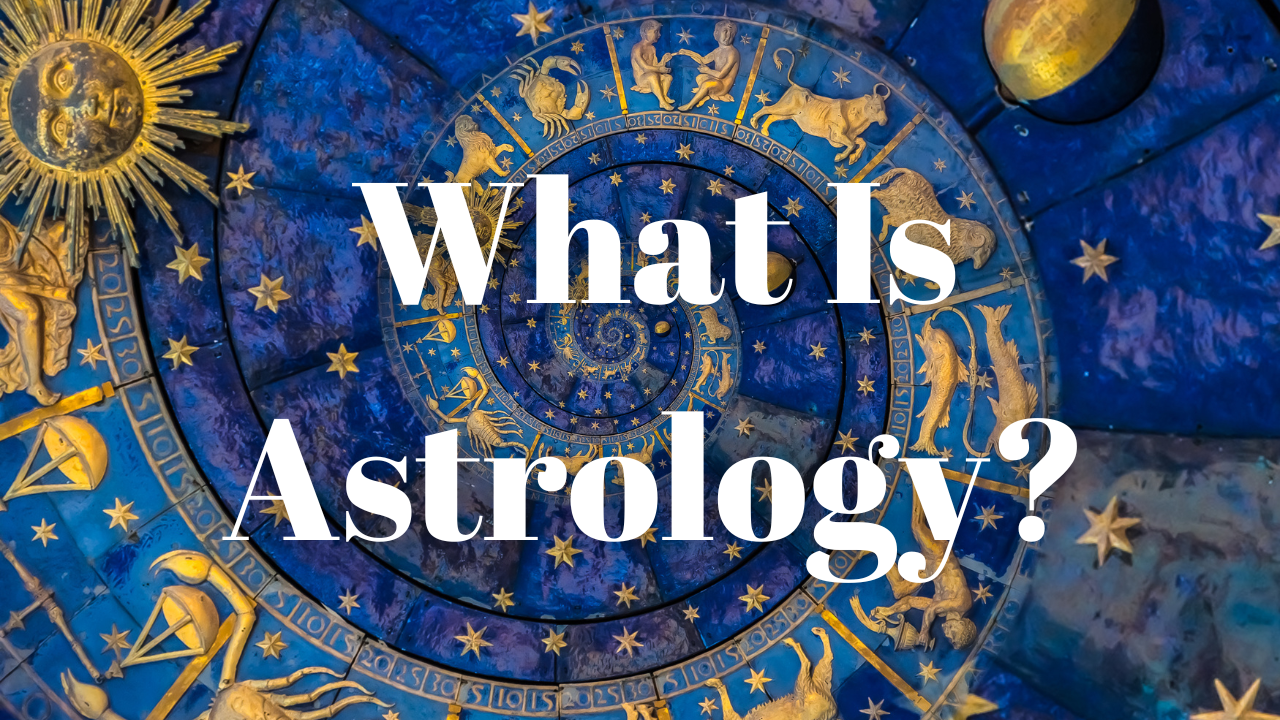Understanding Astrology: A Comprehensive Guide
Astrology, an ancient practice, has fascinated humanity for thousands of years. Rooted in the observation of celestial bodies and their movements, astrology posits that the positions and relationships of stars, planets, and other celestial phenomena can influence human affairs and natural events. This blog aims to unravel the basics of astrology, its history, components, and the common types of astrology practiced today.
What is Astrology?
Astrology is a belief system that suggests there is a relationship between the position of celestial bodies and events on Earth. Astrologers claim that the sun, moon, planets, and stars exert influence over human lives, shaping personalities, relationships, and even predicting future events. While often considered a pseudoscience by the scientific community, astrology remains popular and deeply ingrained in various cultures worldwide.
A Brief History of Astrology
Astrology has ancient roots, tracing back to early civilizations such as the Babylonians, who developed one of the first organized systems of astrology around the 2nd millennium BCE. It spread to ancient Greece, Rome, the Islamic world, and eventually Europe. Each culture contributed to the development and evolution of astrology, integrating it with their unique philosophies and scientific understandings.
Key Historical Milestones
- Babylonian Beginnings: The Babylonians were the first to develop a comprehensive astrological system, creating zodiac signs and horoscopes.
- Hellenistic Influence: Greek scholars like Ptolemy wrote influential texts that laid the foundation for Western astrology, such as the “Tetrabiblos.”
- Medieval and Renaissance Astrology: During these periods, astrology was deeply intertwined with astronomy, and many renowned astronomers, like Johannes Kepler, practiced astrology.
- Modern Astrology: Today, astrology has diversified into various branches, and its practice has become more personal, focusing on individual birth charts and horoscopes.
Components of Astrology
Astrology is composed of several key elements that work together to form a comprehensive system:
The Zodiac
The zodiac is a belt of the heavens divided into twelve equal segments, each associated with a specific constellation. These are the twelve zodiac signs:
- Aries (March 21 – April 19)
- Taurus (April 20 – May 20)
- Gemini (May 21 – June 20)
- Cancer (June 21 – July 22)
- Leo (July 23 – August 22)
- Virgo (August 23 – September 22)
- Libra (September 23 – October 22)
- Scorpio (October 23 – November 21)
- Sagittarius (November 22 – December 21)
- Capricorn (December 22 – January 19)
- Aquarius (January 20 – February 18)
- Pisces (February 19 – March 20)
Planets and Houses
- Planets: In astrology, planets are believed to influence different aspects of life. The primary planets considered include the Sun, Moon, Mercury, Venus, Mars, Jupiter, Saturn, Uranus, Neptune, and Pluto.
- Houses: The sky is divided into twelve houses, each representing different life areas such as relationships, career, and home. The placement of planets in these houses in a birth chart provides insights into specific life aspects.
Aspects
Aspects refer to the angles formed between planets in a birth chart. These angles influence how planets interact and impact an individual’s personality and life events. Common aspects include conjunctions, oppositions, trines, squares, and sextiles.
Types of Astrology
Astrology has evolved into various branches, each with its own focus and methodology. Some of the most common types include:
Natal Astrology
Natal astrology, or birth chart astrology, is the most widely known form. It involves creating a birth chart based on an individual’s birth date, time, and location to gain insights into their personality, strengths, challenges, and life path.
Predictive Astrology
Predictive astrology aims to forecast future events and trends in a person’s life. Techniques such as transits, progressions, and solar returns are used to make predictions based on the movement of planets over time.
Synastry
Synastry focuses on relationship compatibility by comparing the birth charts of two individuals. It assesses how their planetary placements interact and the potential dynamics of their relationship.
Horary Astrology
Horary astrology answers specific questions by creating a chart for the exact moment the question is asked. The chart is then interpreted to provide answers and guidance.
The Modern Appeal of Astrology
Despite scientific skepticism, astrology continues to thrive in modern society. Its appeal lies in its ability to offer personal insights, comfort, and a sense of connection to the cosmos. Astrology is often used as a tool for self-reflection, decision-making, and understanding relationships.
Astrology in Popular Culture
Astrology has permeated popular culture, with horoscopes appearing in newspapers, magazines, and online platforms. Social media has also played a significant role in its resurgence, with astrologers and enthusiasts sharing content, memes, and insights.
Conclusion
Astrology, with its rich history and diverse practices, remains a captivating field that intrigues millions worldwide. Whether viewed as a science, art, or spiritual tool, astrology offers a unique perspective on the human experience, blending the cosmic with the personal. While it may not provide concrete answers, its symbolic language invites individuals to explore themselves and their place in the universe.

